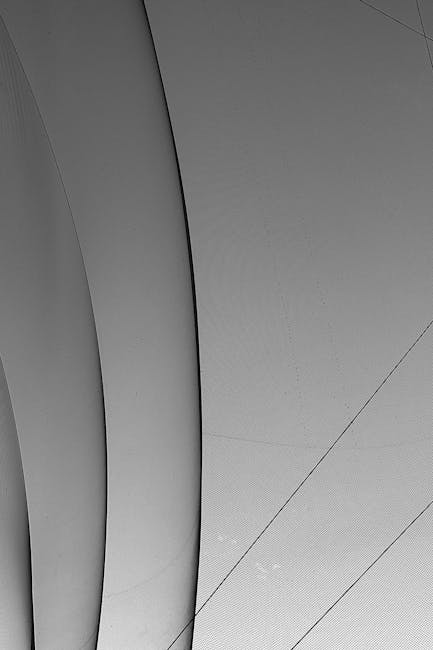Simplicity Speaks Volumes: The Psychology Behind Minimal and Modern Design Principles
Introduction
In a world saturated with information and visual stimuli, the power of simplicity shines brighter than ever. Minimal and modern design, characterized by clean lines, uncluttered spaces, and a focus on functionality, isn’t just a fleeting trend; it’s a reflection of our inherent psychological preference for clarity and ease of understanding. This article explores the psychology behind minimal and modern design principles, revealing why less truly can be more.
The Psychology of Simplicity: Why Minimal Design Resonates
Cognitive Ease and Reduced Stress
Our brains are constantly working to process information. Complex and cluttered designs require more cognitive effort, leading to fatigue and even stress. Minimal design, on the other hand, promotes cognitive ease by:
- Reducing Visual Noise: Eliminating unnecessary elements allows the eye to focus on what’s important.
- Improving Information Hierarchy: Clear visual structure guides users through the design effortlessly.
- Enhancing Usability: A streamlined design makes it easier to navigate and interact with a product or website.
This reduced cognitive load translates into a more positive user experience, fostering feelings of calm and control.
The Power of White Space (Negative Space)
White space, also known as negative space, is the empty area surrounding design elements. It’s not just “empty” space; it’s a crucial tool that contributes to:
- Improved Readability: Increased spacing between text and other elements makes content easier to scan and comprehend.
- Enhanced Focus: White space draws attention to key elements, highlighting their importance.
- Creating a Sense of Calm: Ample white space promotes a feeling of spaciousness and tranquility.
Think of a museum exhibit; the white walls surrounding a painting aren’t just background, they enhance the artwork’s impact.
Gestalt Principles and Visual Perception
Minimal design often leverages Gestalt principles, psychological laws that describe how humans perceive visual elements as organized patterns. Some key principles include:
- Proximity: Elements that are close together are perceived as a group.
- Similarity: Elements that share visual characteristics (shape, color, size) are seen as related.
- Closure: Our minds tend to complete incomplete shapes and patterns.
- Figure-Ground: We naturally separate a visual field into a figure (the object of focus) and a background.
By understanding and applying these principles, designers can create visually appealing and easily digestible designs that resonate with the viewer’s natural perceptual tendencies.
Modern Design’s Connection to Functionality
Modern design emphasizes functionality over ornamentation. This “form follows function” philosophy stems from:
- Efficiency: Prioritizing usability leads to more efficient and effective products and interfaces.
- Clarity: A focus on function removes distractions and highlights essential features.
- Timelessness: Well-designed, functional objects tend to have a longer lifespan than those driven by fleeting trends.
This emphasis on practicality contributes to a sense of reliability and trustworthiness.
Color Psychology and Minimal Design
Color plays a crucial role in evoking emotions and influencing behavior. Minimal design often utilizes a limited color palette, carefully chosen to create a specific mood or communicate a particular message. Consider:
- Monochromatic Palettes: Using different shades of a single color can create a sense of sophistication and harmony.
- Neutral Colors: Whites, grays, and blacks provide a clean and unobtrusive backdrop for other elements.
- Strategic Use of Accent Colors: A single, bold accent color can draw attention to key areas and create visual interest.
The deliberate use of color in minimal design enhances its impact and contributes to a cohesive and memorable experience.
Conclusion
The enduring appeal of minimal and modern design lies in its ability to tap into our fundamental psychological preferences for clarity, simplicity, and functionality. By understanding the underlying principles of cognitive ease, visual perception, and color psychology, designers can create compelling and effective designs that resonate with audiences on a deeper level. In a world of constant noise, the quiet elegance of simplicity truly speaks volumes.




Post Comment